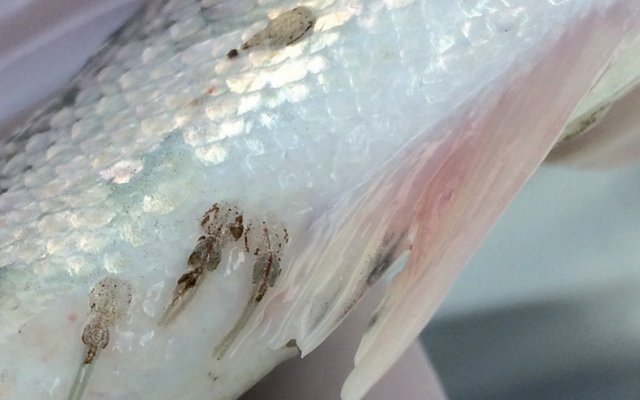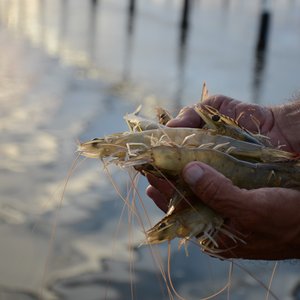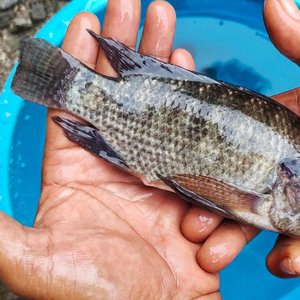Researchers from the Chilean Interdisciplinary Center for Aquaculture Research (INCAR), the University of Concepción and Hendrix Genetics Chile described the differences at the transcriptomic level of genetic families of salmon classified as resistant or susceptible to sea lice (Caligus rogercresseyi).
In the study, 121 Atlantic salmon families were challenged with 35 copepodites per fish and ranked as resistant or susceptible after 14 infestation days. Skin samples from two of the lowest and highest infested families were sequenced and compared their gene expression profiles to identify genes that serve as indicators of resistance or susceptibility to sea lice infestation.
Genome-scale transcriptome analysis showed different expression profiles between families classified as resistant and susceptible, such as significant differences in chromosome modulation between families in skin tissue.
Most of the genes activated in the families classified as resistant were related to the cell proliferation process, which is why the researchers suggested that resistance to Caligus is associated with a high capacity to repair tissue lesions generated during the first days of infestation. In addition, SNPs variations were identified in both salmon families, where the resistant ones showed the highest number of SNPs variations. Remarkably, among the genes with SPNs, genes associated with the tissue repair process were identified. Researchers suggested activation of a mucosal-type immune response associated with the resistance of Atlantic salmon to infestation by sea lice.
“It should be noted that a positive regulation of genes associated with tissue repair, such as collagen and myosin, was found in resistant families. On the other hand, we were struck by the fact that the families with the greatest resistance to sea lice infestation presented a greater number of SNPs variations and that these SNPs were found in genes associated with tissue repair. What is relevant about this finding is that these SNPs can be used as biomarkers for the selection of resistant families and support the family selection tools currently used,” explained Valentina Valenzuela-Muñoz, researcher at INCAR.
Reference:
Valenzuela-Muñoz V, Gallardo-Escárate C, Valenzuela-Miranda D, Nuñez-Acuña G, Benavente BP, Alert A, Arevalo M. Transcriptome Signatures of Atlantic Salmon—Resistant Phenotypes against Sea Lice Infestation Are Associated with Tissue Repair. Genes. 2023; 14(5):986. https://doi.org/10.3390/genes14050986













